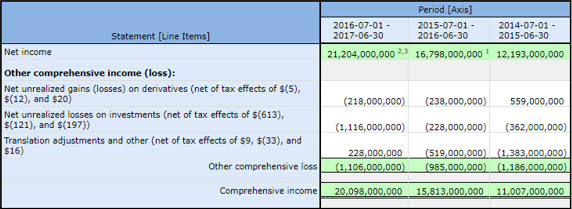Elements of Logic for Accountants

Proficiency is the measure of capacity to use something to one’s benefit. Few accountants are literate when it comes to logic and logical reasoning. Being literate should not really be the goal though; the goal should be fluency and mastery. Logic and logical reasoning are skills; that skill involves the selection and application of the appropriate rules of logic to specific situations. This blog post was inspired by the article, Elements of Logic . I have brainstormed how to explain logical systems before; see this early version which grabs ideas from about 14 different inputs and this revision which starts to simplify things a bit. The Book of Proof has a decent explanation and also provides additional details. This was my last best attempt to explain the elements of logic . There tends to be several different sources of explanations of the elements of logic: philosophy, ontology and knowledge engineers, and computer scientists. These explanations tend to be inconsistent, ma



